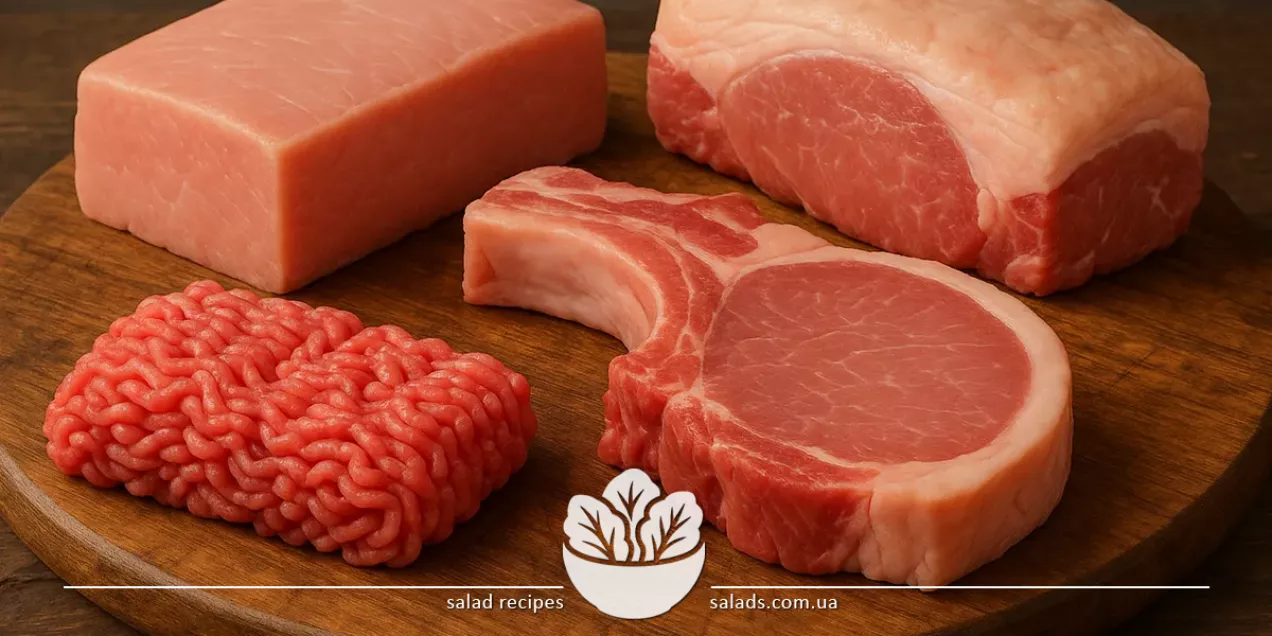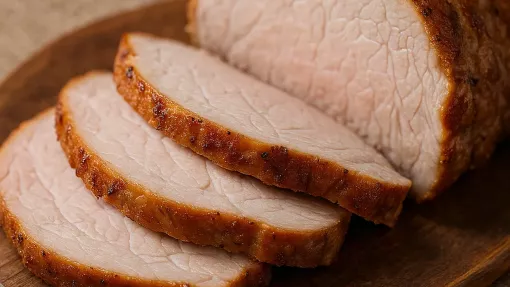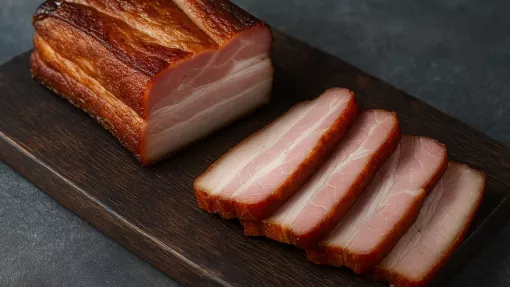Types of Pork

Types of pork cover a broad selection of cuts and parts of the carcass that differ in taste, fat content, and texture. Pork is widely used in many global cuisines and forms the basis of skewers, casseroles, roulades, and stews. Within the meat category, pork holds a key position thanks to its affordability and nutritional value. Understanding the different types helps you select the right cut for a specific dish and achieve the best taste and benefit.
Different Types of Pork
Main Parts of the Pork Carcass and Their Features
Pork is divided into several major carcass parts, each with distinct taste and texture. The shoulder contains a fair amount of fat and connective tissue, making it ideal for stewing and slow-cooked dishes. The tenderloin is the softest part, known for its tenderness and fast cooking time – often used for steaks or quick pan-frying. Ribs are rich in flavor and well-balanced between fat and meat, making them popular for roasting and grilling. The ham, or back leg, is leaner and denser, commonly used for roasting or aspic. These differences allow cooks to choose the best option for various recipes and culinary goals. To enhance the flavor, pork is often combined with vegetables and spices. For example, in dishes with sweet peppers, pork gains extra aromatic depth. Knowing the specific traits of each cut will help you prepare flavorful, juicy, and aromatic dishes.
Pork Classification by Quality and Use
The quality of pork depends on the breed of the animal, feeding method, and age. Meat from young pigs is usually more tender and lighter in color, while older animals produce denser, darker meat. The method of carcass processing also plays a key role: fresh pork is best for steaks and skewers, while frozen cuts are used for longer storage. Pork is classified into lean and fatty varieties. Lean cuts like ham and fillet are suitable for dietary meals, while fattier cuts – like shoulder and ribs – are ideal for stews, roasting, or delicacies. In many world cuisines, pork is highly valued for its versatility, and each dish type has its ideal cuts. Combining pork with other ingredients, such as smoked meats or seafood, allows for unique flavor profiles. For instance, pork pairs wonderfully with smoked products, adding depth and richness to meals. Understanding classification will help you choose the pork cut that best matches your culinary ideas.
Popular Pork Breeds and Their Characteristics
Among the most common pig breeds used for meat production, several stand out for their quality and flavor characteristics. The Landrace breed is known for its juiciness and tenderness, making it perfect for quick meals. Duroc, with its richer flavor, is great for dishes with bold aromas. A unique aspect of pork is that different breeds have different fat levels and textures, which influence cooking choices. For grilling, fattier cuts are better, as they become tender and flavorful when heated. Leaner parts are more suitable for stews and boiling. When choosing pork, it’s also important to consider the animals’ diet and living conditions, as these directly affect meat quality. In cooking, pork is often combined with vegetables and spices – for example, with eggplant, which brings a distinctive taste to dishes. Such combinations can be used to create original meals with complex flavors.
Cooking Techniques for the Best Pork Flavor
Different pork cuts call for different cooking methods that bring out the best flavors. Tender cuts like tenderloin are best grilled, pan-fried, or roasted – preserving their moisture and texture. Tougher, fattier cuts like the shoulder or ribs are ideal for stewing, slow-cooking, or smoking. It’s important to follow proper temperature and cooking time to avoid drying out the meat. Marinating helps soften the fibers and adds flavor depth. Marinades often include spice blends, olive oil, or fruit juices. Pork pairs well with various vegetables and side dishes – for example, with cucumbers, which add freshness and balance. The right combination of ingredients and proper technique guarantees a tasty, aromatic result that everyone in the family will enjoy.
Health Benefits of Pork and Consumption Tips
Pork is a rich source of high-quality protein, essential for tissue repair and muscle maintenance. It’s also high in B vitamins – especially B1 (thiamine), which plays a key role in metabolism and nervous system function. Vitamins B6 and B12 help boost brain function and blood formation. Pork also provides significant amounts of iron – useful for preventing anemia – and zinc, which supports immunity and wound healing. It’s important to remember that pork’s benefits depend not only on the cut but also on the cooking method. Boiled or stewed pork retains more nutrients than pork fried in large amounts of oil. To preserve health benefits, avoid excessive salt and fatty sauces. A balanced diet includes moderate pork consumption combined with plenty of vegetables and whole grains.
Pork pairs excellently with many ingredients, allowing for the creation of flavorful, nutritious dishes. For example, it’s often prepared with eggplant, which gives the meal a unique taste, or with rice, which adds fullness and complements the protein. Thanks to its versatility, pork remains one of the most popular meats worldwide and plays a key role in a balanced diet. Choosing the right pork cut and following preparation and portioning tips will help you enjoy the full flavor while benefiting your health. Moderation and variety in your diet are essential factors for longevity and overall well-being.


